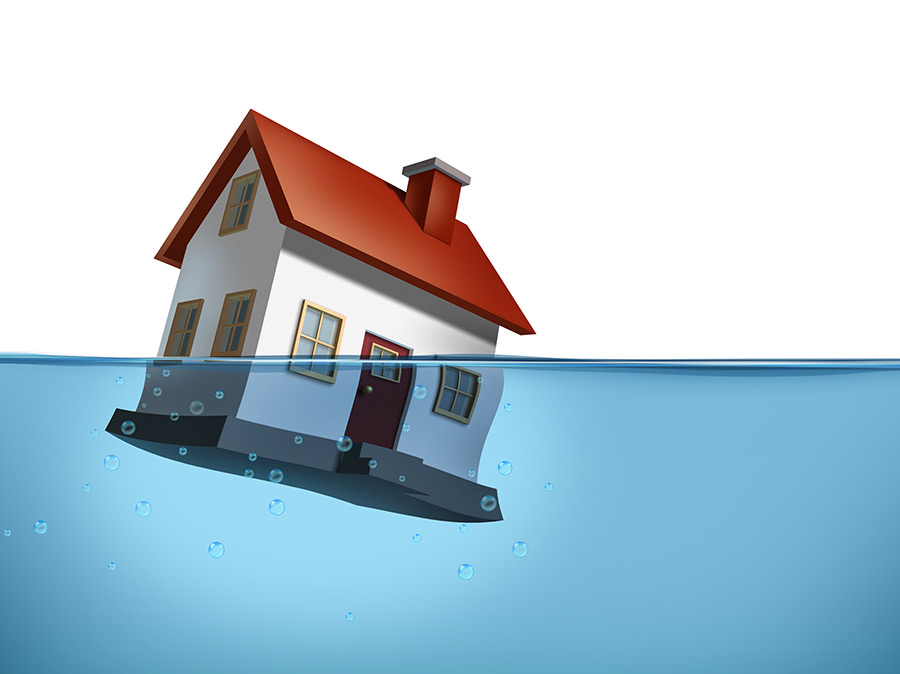Understanding What Leads To Water Seepage Occur So Often at Home
Understanding What Leads To Water Seepage Occur So Often at Home
Blog Article
The article author is making a number of good observations regarding Most Common Causes of Leaky Pipes overall in this post following next.

Leaks not just create waste of water yet can also trigger unnecessary damages to your house and also advertise undesirable organic growth. Sadly, water leaks might go unnoticed considering that the majority of the pipework in our house is concealed. By looking and comprehending for daily circumstances that cause leakages, you can safeguard your residence from future leaks and unnecessary damages. Today, we will consider six leak creates that may be causing your pipelines to drip.
Instant temperature modifications.
Severe temperature level adjustments in our pipelines can create them to increase and also get all of a sudden. This development and also tightening might trigger fractures in the pipes, especially if the temperature are below freezing. If you kept an eye on just how your plumbing functions, it would be best. The presence of the formerly pointed out situations frequently indicates a high threat.
Corroded water systems
As time goes by, your plumbing system ages and rust such as corrosion may start eating away the pipelines. This might be the root cause of staining or bending on your water pipes. This asks for an examination with your plumber quickly. Consider replacing the pipelines since they are at a greater threat of deterioration than the more recent designs if our plumbing system is old.
Malfunctioning Pipe Joints
The point at which your pipelines connect is regularly the weakest link in the waterline. Pipeline joints can deteriorate gradually, leading to water leakages. However, most of pipeline joints are not easily noticeable. If you have noisy pipelines that make ticking or banging noises, particularly when the warm water is turned on, your pipe joints are possibly under a lot of pressure. It is a good idea to have your plumber evaluate your system once a year.
Elbowing in origins
A lot of water leaks start outside the residence rather than inside it. You could notice damp patches or sinkholes in your lawn, and that may mean that tree roots are attacking water lines causing water to leak out.
Poor Water Connectors
At times, a leakage can be triggered by loose hoses and also pipelines that provide your home appliances. In situation of a water connections leakage, you might observe water running directly from the supply line or pools around your home appliances.
Blocked Drains
Clogged drains pipes may be bothersome and inconveniencing, yet they can often end up creating an overflow resulting in burst pipelines. Maintain eliminating any kind of materials that might decrease your drains pipes that could block them to stay clear of such hassles.
All the above are root causes of leakages yet not all water leakages result from plumbing leaks; some leakages could come from roof leakages. All leakages ought to be fixed right away to avoid water damages.
Leaks not only trigger waste of water but can additionally trigger unnecessary damages to your home and advertise unwanted organic growth. By looking and also recognizing for day-to-day situations that cause leakages, you can shield your home from future leakages as well as unneeded damage. Today, we will certainly look at six leakage creates that might be triggering your pipes to drip.
At times, a leakage can be caused by loosened pipes and pipelines that supply your devices. In case of a water links leak, you might notice water running straight from the supply line or pools around your home appliances.
How To Check For Water Leak In Your Home
How To Check for Leaks
The average household's leaks can account for nearly 10,000 gallons of water wasted every year and ten percent of homes have leaks that waste 90 gallons or more per day. Common types of leaks found in the home are worn toilet flappers, dripping faucets, and other leaking valves. These types of leaks are often easy to fix, requiring only a few tools and hardware that can pay for themselves in water savings. Fixing easily corrected household water leaks can save homeowners about 10 percent on their water bills.
To check for leaks in your home, you first need to determine whether you're wasting water and then identify the source of the leak. Here are some tips for finding leaks:
Take a look at your water usage during a colder month, such as January or February. If a family of four exceeds 12,000 gallons per month, there are serious leaks.
Check your water meter before and after a two-hour period when no water is being used. If the meter changes at all, you probably have a leak.
Identify toilet leaks by placing a drop of food coloring in the toilet tank. If any color shows up in the bowl after 10 minutes, you have a leak. (Be sure to flush immediately after the experiment to avoid staining the tank.)
Examine faucet gaskets and pipe fittings for any water on the outside of the pipe to check for surface leaks.
Undetected water leaks can happen without the home or business owner even realizing. If you suspect a water leak, but not able to find the source. It is time to contact a professional water leak detection service, The Leak Doctor.
How To Find a Water Leak In Your Home
https://www.leakdoctor.com/blog/How-To-Check-For-Water-Leak-In-Your-Home_AE197.html

As an enthusiastic person who reads on Most Common Causes of Leaky Pipes, I think sharing that excerpt was important. Sharing is good. Helping others is fun. We recognize the value of reading our article about How to detect water leaks in your home.
24-hour help? Dial! Report this page